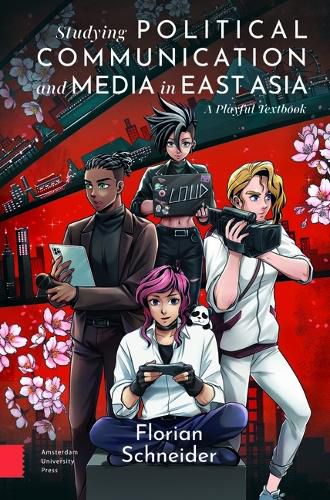Readings Newsletter
Become a Readings Member to make your shopping experience even easier.
Sign in or sign up for free!
You’re not far away from qualifying for FREE standard shipping within Australia
You’ve qualified for FREE standard shipping within Australia
The cart is loading…






Communication is at the heart of politics, and certainly in East Asia, where vibrant media systems and cultural industries connect with political processes that range from the democratic to autocratic. If we are to understand East Asian societies, and 21st-century politics more broadly, we need to take media and communication seriously. This textbook provides a flexible toolbox of methods and theories for studying political communication. Taking its examples and exercises from Japan, Korea, and the Chinese-speaking world, it walks readers through core issues, media contents, and communicative modes. Readers will learn how to systematically analyse the politics of media environments, written and spoken words, images and visual designs, moving image, space and spatial interactions, (video)games, and more. The chapters can be used individually or, optionally, as a playful 'gamified' course that offers learners a first-hand experience of how complex 'information societies' incentivise behaviour.
$9.00 standard shipping within Australia
FREE standard shipping within Australia for orders over $100.00
Express & International shipping calculated at checkout
Communication is at the heart of politics, and certainly in East Asia, where vibrant media systems and cultural industries connect with political processes that range from the democratic to autocratic. If we are to understand East Asian societies, and 21st-century politics more broadly, we need to take media and communication seriously. This textbook provides a flexible toolbox of methods and theories for studying political communication. Taking its examples and exercises from Japan, Korea, and the Chinese-speaking world, it walks readers through core issues, media contents, and communicative modes. Readers will learn how to systematically analyse the politics of media environments, written and spoken words, images and visual designs, moving image, space and spatial interactions, (video)games, and more. The chapters can be used individually or, optionally, as a playful 'gamified' course that offers learners a first-hand experience of how complex 'information societies' incentivise behaviour.